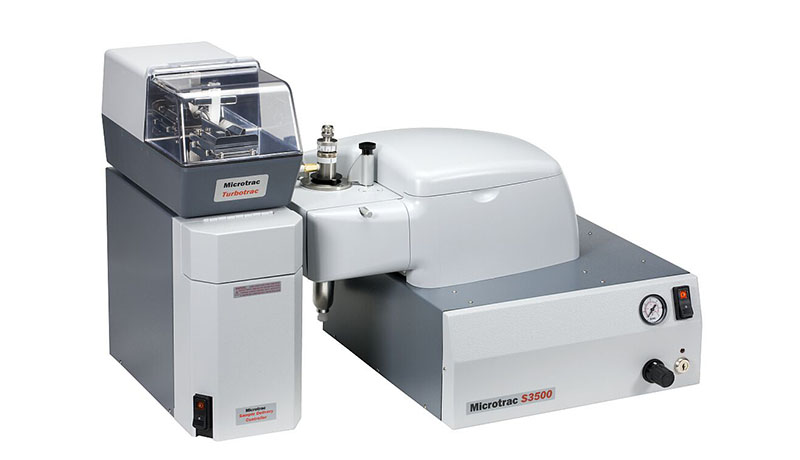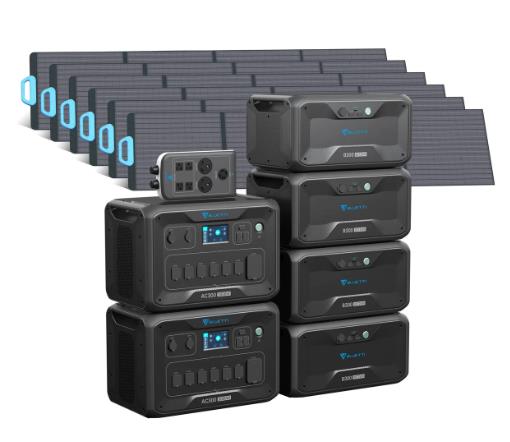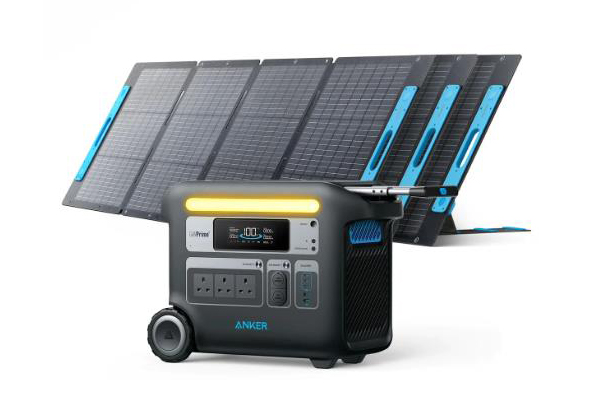Particle size distribution is the primary factor affecting the powder properties and their use. Hence, most people have started focusing on determining the powder’s particle size and shape. For example, determining cement particle size helps understand its setting time. Similarly, knowledge about particle size and distributions helps evaluate the quality grade of abrasives. The pulverized coal’s particle size is the primary factor impacting the fluidity, stability, and slurry concentration of the dry pulverized coal pressured gasification system. Good particle size grading can produce and improve powder products’ quality, reduce production costs, improve production efficiency, and produce good economic benefits.
What is granularity?
It’s important to know that particle size indicates the size of the particles in a powder. It is usually expressed by diameter for spherical particles, whereas for particle size of the cubic particle is expressed using side length. For irregular particles, the diameter of a sphere with the same behaviour as the particle can be taken as the equivalent diameter of the particle.
The basis of the ultrasonic particle size analyzer is light diffraction. It can be defined as a phenomenon that occurs when light crosses through particles. The aspect of light diffraction is the interaction of electromagnetic waves and matter. The particle size has an inverse relationship with the angle of diffracted light.
As the particles of different sizes pass through the laser beam, the diffracted light will fall in different positions. Information about the position of the light will indicate the particle size. The diffracted light is bound to fall at the same position when identical, large particles pass through the laser beam. Information about the intensity of diffracted light reflects the percentage of particles of the same size in the sample.
In order to determine the particle size distribution of the sample using the laser diffraction method, a number of photosensitive detectors are used to measure the intensity of light diffracted at various angles from the particles with respect to their position and particle size.
A different ultrasonic particle size analyzer employs an online ultrasonic particle size analyzer equipped with wet dispersion technology. The specific method is used to disperse the sample in mechanical mixing uniformly. Consequently, it ensures enhanced comprehension of the analysis effect of the related content. The vibrations coming from Ultrasonic high-frequency gather the particles in one place with sufficient dispersion. Furthermore, the electromagnetic circulation pump distributes the differently sized ( large and fine) particles evenly in the entire circulation system, the effect of which is to ensure the repeatability of the wide-spread sample test fundamentally. Laser particle size analyzers are capable of achieving relevant and effective results.
Ultrasonic waves with a specific frequency and intensity are emitted from the ultrasonic generating end and travel across the test area to the signal receiving end. Once the particles have crossed the test area, the attenuation of the sound waves received is different due to various absorption degrees of sound waves by the particles of different sizes. The particle size of the particles is obtained according to the relationship between the particle size and the attenuation of the ultrasonic intensity. Distribution and the solid content of the system can also be measured with the help of the instrument.
Ultrasonic particle size analyzer measurement method
The ultrasonic particle size analyzer has two test methods:
- Static
- Dynamic
The static mode is employed in the modified microscopy system, and the high-definition camera is used to reflect the image of the particle sample on the screen. Calculating the particle size, shape, overall distribution, and other characteristics, as well as the test results, requires using the appropriate computer program. The output is a report.
The dynamic mode is equipped with dual analysis capabilities of morphology and particle size distribution. Rebuilding the circulatory dispersion system and software data processing module resolved issues with the static particle imager’s particle adhesion, low sampling representativeness, and laborious sample preparation.
The online particle size analyzer can detect the particle size of powder and slurry online. It provides a real-time online particle size analyzer with the control signal.
Why use an ultrasonic particle size analyzer?
- High measurement accuracy: The solid particle’s combined action influences the change in ultrasonic attenuation. The instrument adopts the direct measurement method of ultrasonic attenuation instead of look-up table interpolation. The ultrasonic attenuation’s resolution can reach up to 0.1 dB. Furthermore, the technology can be used to reduce the effect of air bubbles in the pulp on ultrasonic attenuation. Consequently, accuracy in particle size detection is observed.
- Multi-particle size and multi-channel application: The ultrasonic particle size analyzer is capable of analyzing the size distribution of slurry with up to 5 particle sizes simultaneously. It offers concentration detection without any additional cost. Furthermore, the instrument employs significant dynamic range signal processing technology, which helps obtain pulp particle size detection up to three flow channels and adapt the characteristic of process pulps with different characteristics. The instrument can meet the standards of the first and second grinding process series. The third grinding process produces the particle size detection requirements of different pulp overflow products.
- High sampling representativeness: Rich field application expertise can ensure that various sampling techniques, such as split samplers and pipeline samplers, are employed in accordance with various application site process points to ensure the representativeness and process flow of pulp sampling. The sampler is the outcome of an ongoing development built upon extensive practical experience. It is not only reliable and helpful but also comfortable to wear for an extended period.
- Strong reliability and maintainability: The ultrasonic particle size analyzer employs a modular design. The durability, life cycle, and maintenance cycle are a part of the design and are considered the core electronic unit and mechanical seal components.
- Participate in closed-loop control effect: The speed of the mill responsible for particle size measurement is rapid, accurate, and representative. It ensures fine closure of the loop control of the automatic system of the grinding and beneficiation process. Consequently, it provides the surety that the process of particle size lives up to the process requirements. It has the ability to bring substantial economic benefits
Comparison of Ultrasonic Attenuation Particle Size Analyzer and Laser Particle Size Analyzer in Pulverized Coal Measurement:
Ultrasonic Attenuation Particle Size Analyzer
The ultrasonic attenuation particle size analyzer’s detection principle states that to measure the particles, ultrasonic waves of a specific frequency and strength are produced from the generating end that travels through the test area and arrives at the signal receiving end. Due to the variable levels of sound waves’ absorption by particles of various sizes when they pass through the test area, the attenuation of the sound waves obtained at the receiving end is likewise different. The particle size distribution and the solid content of the slurry can also be determined based on the relationship between the particle size and the attenuation of the sound wave intensity.
Ultrasonic attenuation particle size analyzer features:
- The sampling volume is large and has good representativeness. It can be measured directly without dilution, and the volume concentration can be as high as 70%. For instance, the turbulent size of high-concentration particles changes over time in the particle size analysis of high-concentration materials in the reactor’s crystallization process. Instantaneous changes such as measurement of sediment particle size and distribution in rivers, lakes, and seas and their changes can be obtained.
- The instrument can adapt to systems with harsh environments quickly. Strong acid and alkali systems, corrosive slurry, and high-pressure reaction kettles can be endured by ultrasonic attenuation particle size machines. It can withstand solid external impact, high temperature, and significant temperature changes. It can work for a long time under harsh conditions in the field.
- It ensures rapid analysis speed. Test, data statistics, and processing can be completed in one minute or less. Laster, the results can be output.
- It offers good repeatability and can determine and output the average results numerous times.
- It has a good correspondence with other test methods and proves to be highly useful for the user.
Advantages, Disadvantages and Features of Laser Particle Size analyzer:
Advantages:
- The instrument guarantees rapid speed and high repeatability of test results which makes it an excellent choice.
- The applicability offered by the instrument is relatively high, along with the wide range of particle size measurements.
- The instrument has a high degree of automation and intelligence.
Disadvantages:
- The instrument has limitations when it comes to the test principle. The sample must be diluted during wet measurement and must be thoroughly and uniformly dispersed in the selected dispersant.
- The information obtained after sample dilution is not sufficient enough for the user.
- Preparing the sample may take up a lot of time for the user.
- The instrument shows a high sampling error if the sample volume is small.
5. In some applications or studies, the application of the laser particle size analyzer is limited when the material is not allowed to be diluted.





